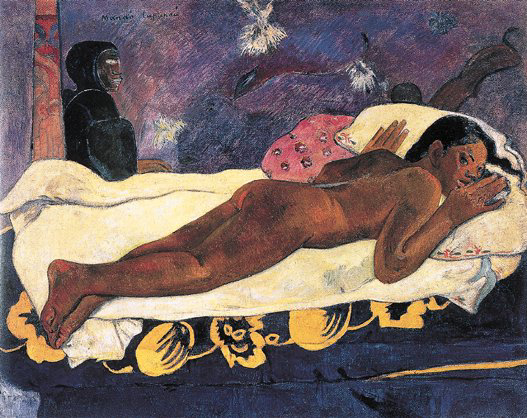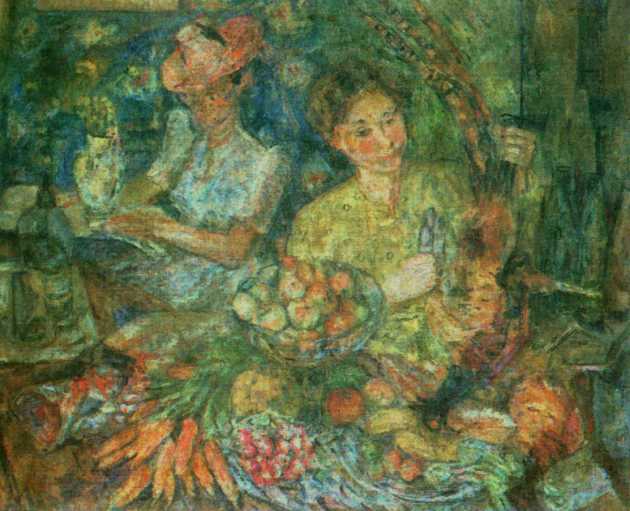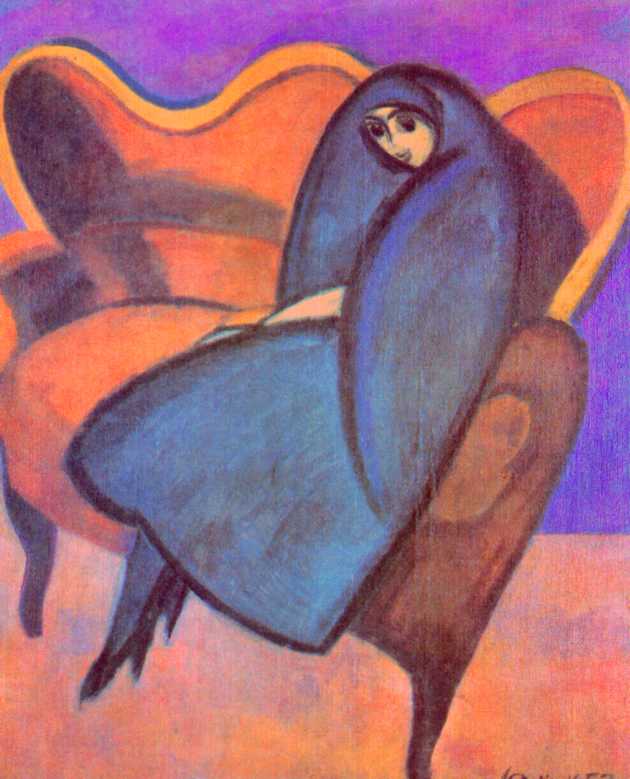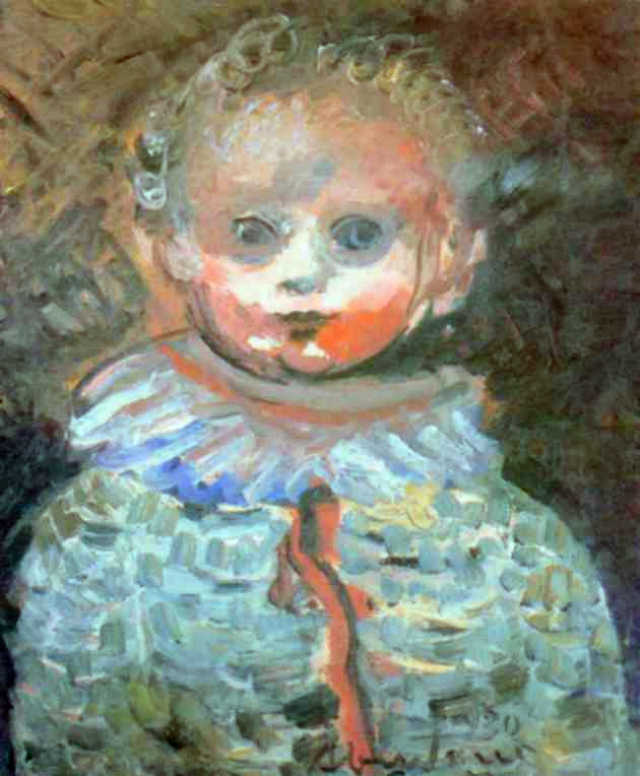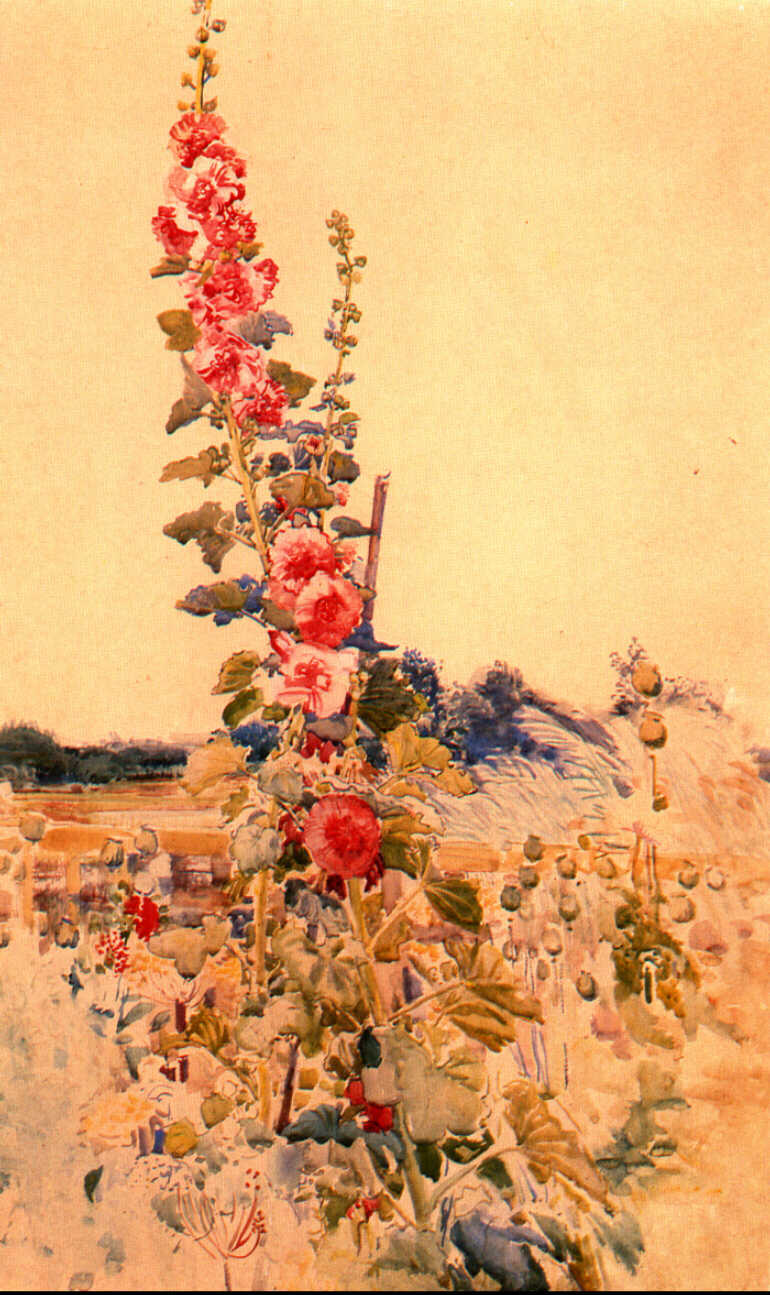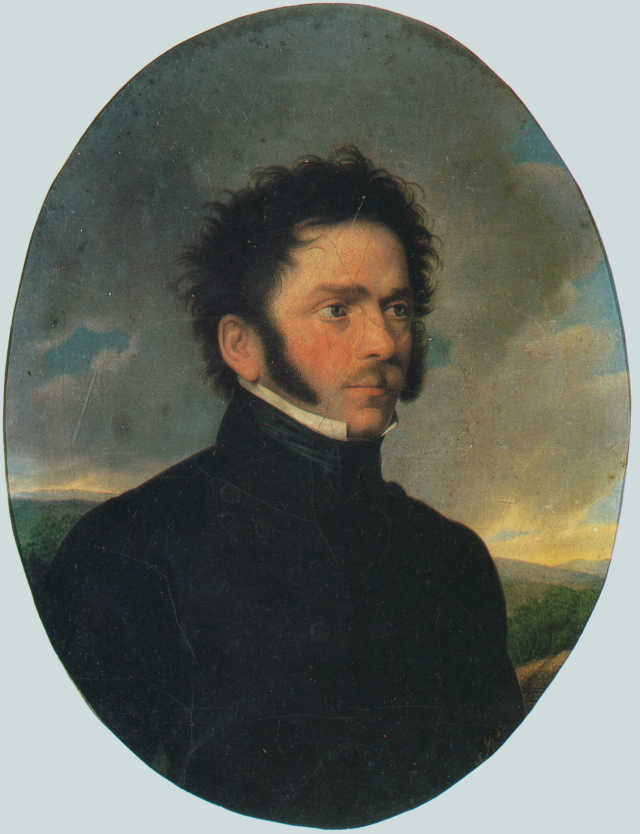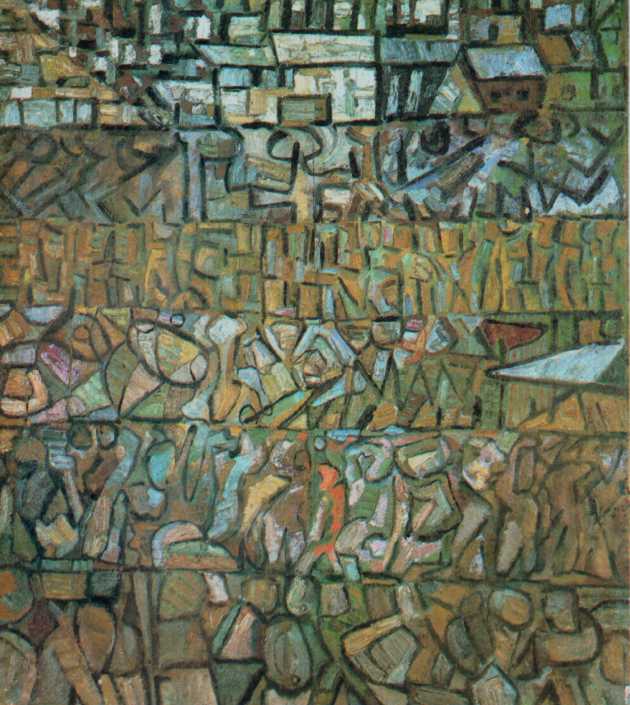 Andre Fontainas (1865-1948), art critic, associated in the 1980s with the "Revue Independante" community. In January 1899 r. published an article about Gauguin in "Mercure de France". Gauguin replied with a letter, which we publish. It was the beginning of the correspondence between them. Shortly before his death, Gauguin sent the manuscript Avant et Apres to Fontainas.
Andre Fontainas (1865-1948), art critic, associated in the 1980s with the "Revue Independante" community. In January 1899 r. published an article about Gauguin in "Mercure de France". Gauguin replied with a letter, which we publish. It was the beginning of the correspondence between them. Shortly before his death, Gauguin sent the manuscript Avant et Apres to Fontainas.
Gallery Ambroise Vollarda na ul. Laffite was one of the most important Parisian picture galleries in the years 1895-1939. Vollard was also the founder of a major publishing house. He bought and exhibited Gauguin's paintings after he left for Tahiti, however, he paid little and transferred money irregularly. Gauguin complains more than once in his letters about Vollard's exploitation.
LIST DO ANDRÉ FONTAINAS
Tahiti, March 1899
A great black sleep
fall on my life
Sleep, all hope
Sleep, any desire.
Verlaine
Sir,
in the January issue of Mercure de France” there are two interesting articles: about Rembrand and about the Vollard gallery. The latter is about me; despite your reluctance, you wanted to take up art, or rather the work of an artist, who does not move the Lord, and honestly say about it. It is a rare fact in traditional criticism.
I've always been careful, that it is the painter's duty. never respond to criticism, even insult and especially against her, nor to criticism of praise, mostly driven friendship.
Not deviating from my usual reserve, This time I have a crazy desire to write to you, whim, if you prefer, and like all passionate people I cannot resist it. This is not an answer, since the letter is private, but a simple conversation about art: Your article invites you to her, stimulates her.
Among people doomed to poverty, we painters accept the material difficulties of everyday life without complaining, yet they cause us suffering, because they are a hindrance to work. How much time is wasted chasing after the daily bread. How much miserable physical work, bad studios and thousands of other obstacles. Hence a lot of discouragement, powerlessness, rage, violent outbursts. All these considerations are of no use to you, and I'm just talking about it, to convince both of us, you're right, signaling many shortcomings. Violence, monotony of tones, arbitrarily selected colors, etc.. So, all of these must exist and exist. Sometimes, however, these repetitions of tones, monotonous chords in the musical understanding of timbre, used consciously, are they not analogous to those wailing melodies of the East, sung with a sharp voice to the accompaniment of adjacent voiced notes, enriching them by contrast; Beethoven often uses them (it seemed to me, that I understood it), for example in The pathetic sonata; Delacroix with its repeated chords of bronze and deaf purples, when a dark coat suggests drama. The Lord often goes to the Louvre: take a close look at Cimabu, thinking about it, what I say. Think also of the musical role, what color will henceforth play in modern painting. Colour, which is vibration, just like music, can achieve this, what is most common, and at the same time the most elusive in nature: internal strength.
Here, near my hut, among the intoxicating smells of nature, I dream in deep silence about violent color harmonies. A delight spiced with some unknown holy fear, which I sense in the distant past. The smell of past joy, I'm breathing now. Animal shapes with impeccable statues: something ancient, bosldego, religious to the rhythm of their gestures, in their strange real estate. In his dreaming eyes, a disturbing surface of unfathomable mystery.
Here is the night — everything is still. I close my eyes, to see, not understanding, a dream fleeing from me in endless space, and I feel painfully, how my hopes fade away.
Praising some images, which I did not consider important, the Lord is calling: ach! if Gauguin had always been like this. But I don't always want to be like this.
In the large panneau exhibited by Gauguin, nothing would explain to us the meaning of the allegory, if… my dream cannot be captured, it does not contain any allegory; the musical poem does not have a libretto (I refer to Mallarmć). Consequently [the dream is] intangible and higher order; what is essential in the work is precisely "this, what has not been expressed, and the lines follow from there, without colors or words; they do not materially build the work”.
And once again Mallarmé in the face of my Tahitian paintings: it's extraordinary, that you can surround so much mystery with such splendor.
Back to panneau: the idol is placed there not as a literary explanation, but as a statue, perhaps less statuesque than the animal figures; less animal also - uniting in my dream in front of a hut with the enormity of nature reigning in our primitive soul; imaginary consolation in our sufferings, in all of this, what in them is elusive and incomprehensible in the face of the mystery of our origin and our future.
And it all sings painfully in my soul and in my painting, when I dream and paint at the same time, having no grasping allegory at his disposal - perhaps this is a lack of literary education.
Awoken, when the work is finished, I'm talking to myself, i say: where we come from, who we are? where are we going? This remark is no longer part of the canvas; then I put it in the spoken language, completely to the side, on the framing wall, not as a title, but as a signature.
You see, I can understand the meaning of words - abstract or concrete - in a dictionary, however, I no longer capture them in painting. I tried to translate my dream in a suggestive way, without resorting to literary means at all, with all possible simplicity, as allowed by craftsmanship; it's a hard job. May the Lord accuse me, that I proved powerless in this, but don't let the Lord speak, that I tried [something else], advising me to change my goal and adopt different concepts, recognized, uświęconych. Puvis de Chavannes is a great example of this. Certainly Puvis overwhelms me with his talent and experience, which I don't have; I admire him as much as you do, and even more, but for other reasons. (Don't be angry with the Lord, but with greater knowledge of things). Everyone has their own era.
The state is right, by not giving me an order to decorate some public building, this decoration would offend the views of the majority; and I would be wrong, accepting such an order, having no alternative but to deceive others or lie to yourself.
At my exhibition with Durand-Ruel, a young man asked Degas to explain my paintings to him., he didn't understand. This, Smiling, reminded him of the fairy tale La Fontainea — "You see, told him, Gauguin is a skinny wolf, without collar”.
Here are fifteen years of struggle, which finally frees us from the Academy, from a whole pile of prescriptions, outside of which there was no salvation, Honor, Money. Drawing, colour, composition, sincerity towards nature, do I know what finally: just yesterday a mathematician (discoveries of Charles Henry38) he imposed lights on us, unchanging colors.
The danger has passed. So, we are free, and yet I see danger on the horizon; I want to tell you about this. That's why I wrote this long and boring letter.. Today's serious criticism, full of good intentions and educated, she tries to impose on us a way of thinking and dreaming, but then it would be a new slavery. Criticism busy with this, what concerns her, its own field - literature, she would lose sight of it, what concerns us - painting. If that happened, I would proudly repeat Mallarme's sentence to you:
Critic! — pan, who gets mixed up in somebody else's business.
This is the memory of him, let the Lord allow me to offer myself the few features outlined a moment ago, distant memory of a beautiful, lovely face, with light eyesight in the dark - this is not a gift, but a request for understanding, which I need for my madness and my wildness.
Cordial greetings
Paul Gauguin
